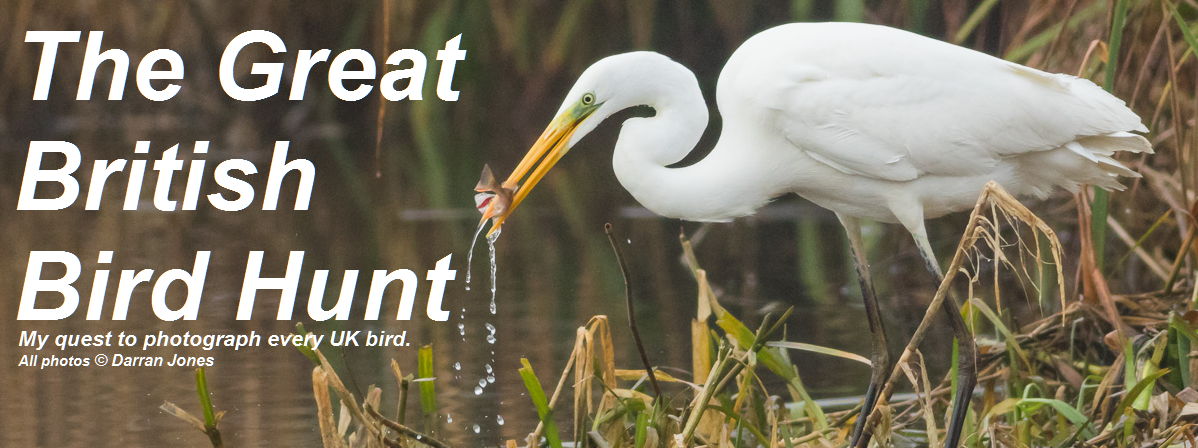I've also decided to get an additional camera after selling my digital online card collection. I recently picked up a Canon SX50 in order to take shots while walking to work, and for birds that are out of reach of my 400mm lens. The quality isn't spectacular but as it's for record shots that's fine.
Anyway, here's a look at the two new birds I spotted this week. Both taking on my usual Canon 600d/400mm set up.
King Fisher
The first glimpse you'll normally get of this beautiful bird is a flash of sapphire as it flies up stream. After finishing work on Monday evening I decided to try Longham Lakes. On the way there I had a change of heart and decided to stop off at the iron bridge that crosses the River Stour, thinking it might be a good spot for Kingfishers. The hunch proved correct and I saw this delightful chap some five minutes after getting there.
It's a truly gorgeous bird with its orange and blue plumage and relatively large bill. It's an excellent fisherman, diving down from its perch to prey on minnows and sticklebacks.
Sadly, like several UK birds, it's now on the decline, with the RSPB awarding it an amber status. There are still around 4,000 breeding pairs, but it's nowhere near as common as it used to be. It's quite a territorial bird, have a range of 1km, but extending this in particularly tough winters. I only saw this bird for a few seconds and annoyingly had the wrong settings, meaning the shot is quite dark and noisy. The excitement that washed over me upon seeing it certainly made up for the less than stellar shot.
I love his little orange feet. Delightful.
Grey Wagtail
The second bird this week is a Grey Wagtail. It appeared with a mate roughly the same time as the Kingfisher, and ducked under some very dark undergrowth. As a result it's another poor shot, but at least it's recorded and added to the list :)
Grey Wagtails are surprisingly colourful birds with yellow undersides and the longest tails of all British Wagtails. They are found throughout most of the UK, only staying clear of certain areas of Scotland. They're fairly widespread birds with over 37,000 breeding pairs, which seems impressive until you realise there are around 470,000 breeding pairs of Pied Wagtails. Still, seeing this bird is a treat and it can often be seen flying up and down large stretches of fast-flowing rivers on the look out for tasty insects.
Not the greatest shot, but it's definitely a Grey Wagtail :)
So that's is for another week. We're now up to a not too shabby 84 birds, with 188 birds left to spot. I'll sign off with a few additional shots from my new camera.
A Carrion Crow guards the local graveyard.
While a lazy Herring Gull sits on its bum.
A Wood Pigeon on the look out for food.
A resting female House Sparrow.
A view from the bridge that crosses the River Stour.
A family of Mute Swans out for a swim.
Someone clearing out the weed.
Another noisy Carrion Crow.
A fluffy Wood Pigeon.












Nice set Darran, numbers are growing(-:).
ReplyDeleteAlways good to get a Kingfisher and a Grey Wag. Keep it up.
ReplyDeleteGreat to know people are reading :)
ReplyDelete